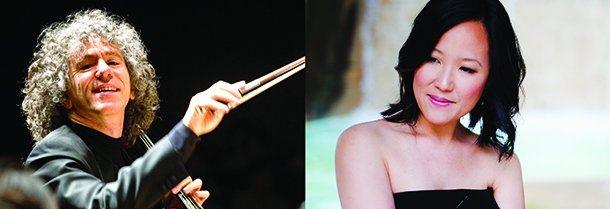Tag: Adagio and Allegro Op. 70
-

PROGRAM NOTES: STEVEN ISSERLIS AND CONNIE SHIH
Reynaldo Hahn Variations chantantes sur un air ancien The Venezuelan-born French composer Reynaldo Hahn is best known for his contribution to the French song repertoire with his more than 100 mélodies published between 1890 and his death in 1947. He is equally well known as the sometime romantic partner of writer Marcel Proust, whose epic…

